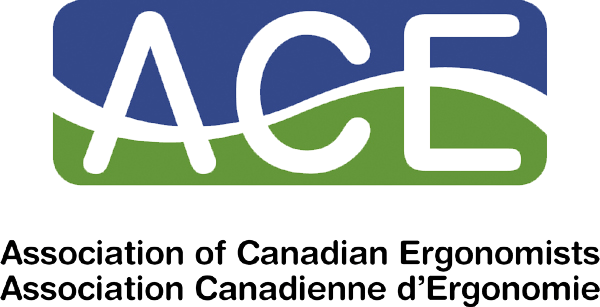
Allison Stephens MSc, CCPE, CPE
Published: June 10, 2022
Allison provided an English language video interview.
Below is a summary.
Current Position(s)
Professor and Coordinator - Fanshawe College
Advanced Ergonomics Studies
How did you first become interested in Ergonomics?
I was a Kinesiology student at the University of Waterloo and wanted to get into physiotherapy or a related field. However, after a co-op term, I was frustrated over why there were so many (occupational) injuries. The Ergo program wasn’t very established at the time, so I looked into system design and learned about it through that. In my final co-op term in 1985, Ford was looking for an ergonomist due to a dispute with the union, and I applied. Job design was not very well thought out at the time, and the management did not really know what Ergonomics even was. After the term, I was hired permanently in a plant just outside of London.
Could you give us a brief insight into your career?
Eventually, Ford headquarters in Michigan heard of the program that I was running and offered a position. I accepted and kickstarted a 3-year ergonomics program in 23 Ford plants all across North America. The goal was to create an ergonomics team in each plant that operates similarly to health and safety. Eventually, I accepted a permanent position and moved to the USA.
I started working with engineers to implement improved assembly so that ergonomics could be incorporated from the design side. New technology such as CAD and digital human modelling came up that allowed us to improve design.
After 30 years with Ford, I found a new opportunity with Fanshawe college and returned to Canada to help educate the new generation. While people with a Kinesiology or Industrial Engineering background did a wonderful job, they still needed a significant amount of time to be able to specialise in Ergonomics. So, the Fanshawe program was designed for that. I had a fun career.
Are you engaged in any current research?
I worked with Jim Potvin in the past to find limits on how much impact the hands can take. Workers would refuse to use tools such as mallets to hammer in small parts since they found it much faster to use their hands. We were horrified, but some compromise had to be made, which led to the study.
Our Fanshawe students are also involved in much research, and this is not restricted to the automotive industry. We did interesting evaluations at a turkey breeder and a garlic farm.
We are currently studying exoskeletons, which are wearable machines designed to reduce stresses associated with lifting and other activities. We’re using a passive (spring loaded) exoskeleton, but I can see further application of robotics to allow workers to do many tasks that aren’t practical to do now. Ergonomists must recognize that the human body is an amazing machine but has limits where technologies like exoskeletons and robots can provide assists to prevent injuries.
How are you involved with ACE?
ACE has provided a great place for support, networking, and sharing of ideas. ACE’s relationship with the CCCPE is also a nice support for ergonomists.
What advice do you have for students and new professionals?
I am a big fan of Kinesiology, and I believe it is a great first step for ergonomics since grads have a great understanding of the human body. Engineers are great at designing and problem solving, but the aspect of the human body is not part of their training.
Tools like LinkedIn are very impressive. It allows students to begin networking and socialising before they even enter the workforce. Use those resources and seek out volunteer opportunities.
Programs like Fanshawe’s provide great opportunities for students through placements with companies to gain real world experience and make valuable contacts.
